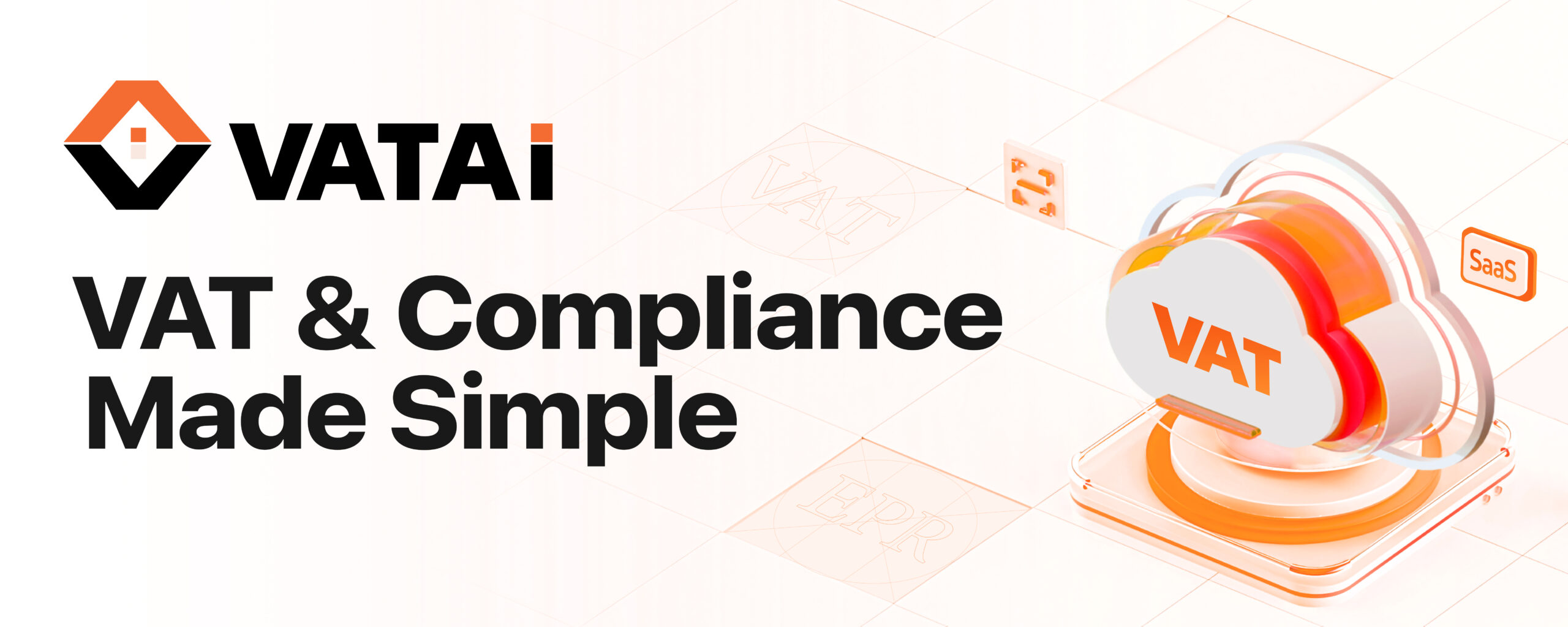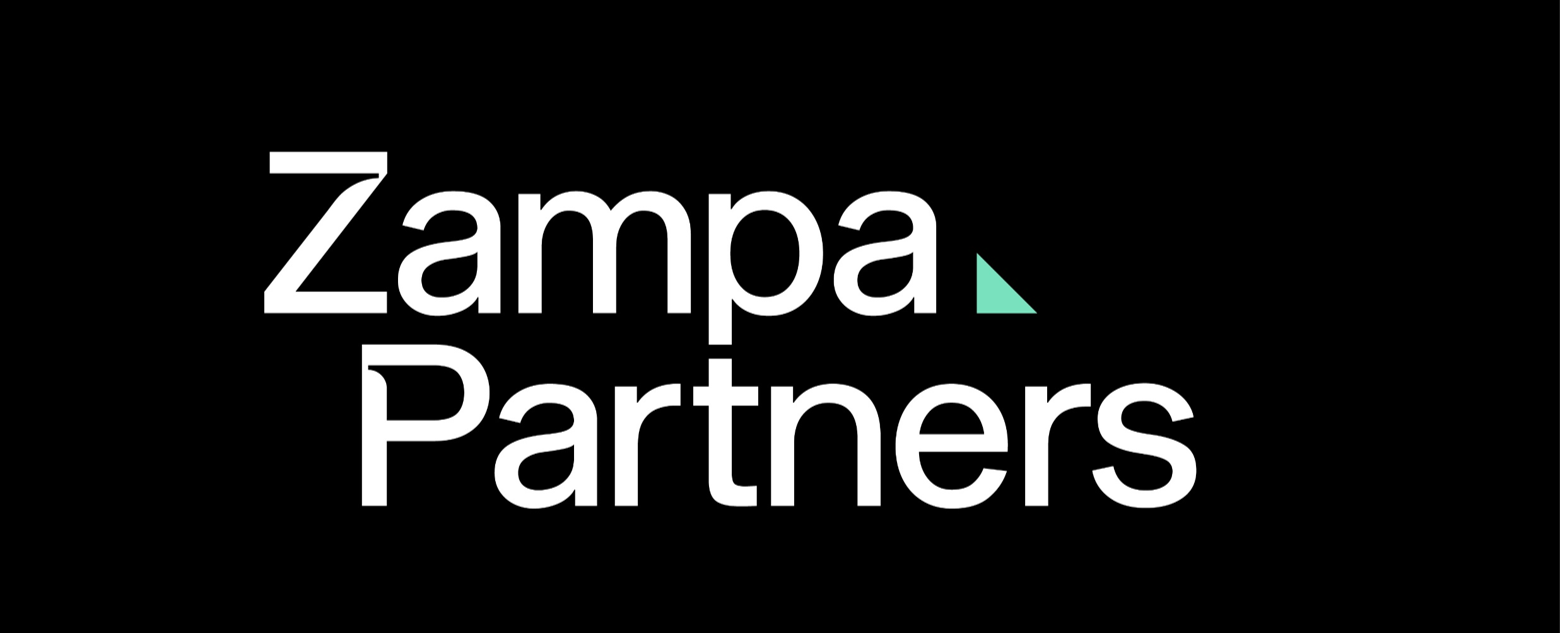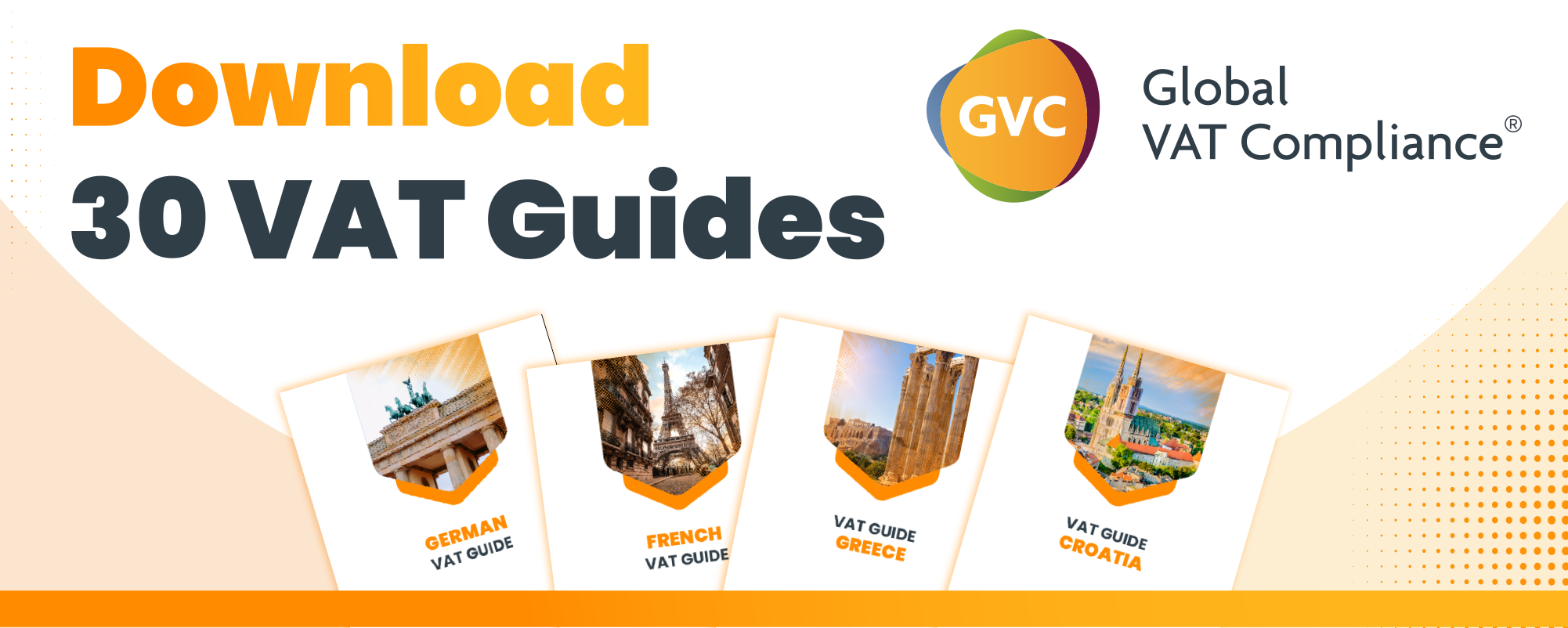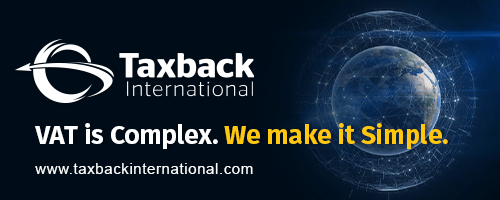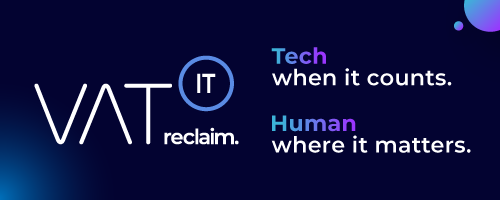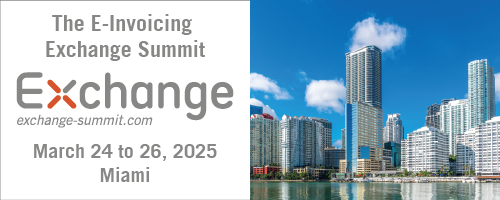- Introduction to VAT:
- Value Added Tax (VAT) is a consumption tax applied to the sale of goods and services, collected by businesses on behalf of the government. Key elements include taxable supplies, input tax, and output tax, with different VAT rates such as standard, reduced, and zero rates.
- Understanding VAT Exemption:
- VAT exemption means certain goods or services are not subject to VAT, and businesses cannot reclaim VAT on related expenses. Commonly exempt items include education, healthcare, financial services, public transportation, and more. Businesses must issue invoices without VAT and maintain detailed records.
- Defining Zero-Rated VAT:
- Zero-rated VAT applies a 0% VAT rate to certain goods and services, allowing businesses to reclaim VAT on related expenses. Examples include exports, certain food and drink items, children’s clothing, and some medical supplies. This supports businesses by maintaining VAT registration benefits and lowering consumer costs.
- Key Differences: Zero-Rated VAT vs. VAT Exempt:
- Zero-rated goods/services have a 0% VAT rate, and businesses can reclaim related input VAT. Common items include essential foods and exports. VAT-exempt goods/services are not subject to VAT, and businesses cannot reclaim related VAT. Common items include healthcare and education services.
- Impact on Business Financials and Compliance:
- The classification affects financials significantly: VAT-exempt status leads to higher costs due to non-reclaimable VAT, while zero-rating improves cash flow through VAT recovery. Businesses must issue appropriate invoices, maintain accurate records, and ensure compliance through staff training, regular audits, and professional consultation.
Source VATai
Click on the logo to visit the website










